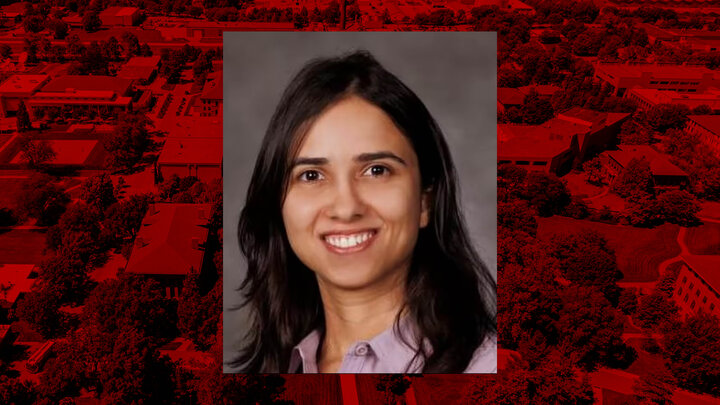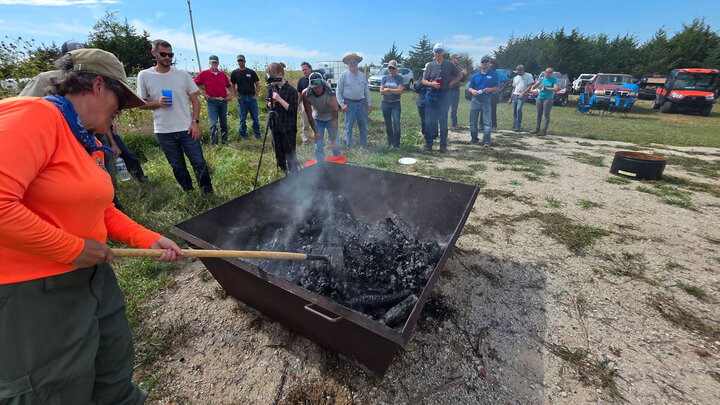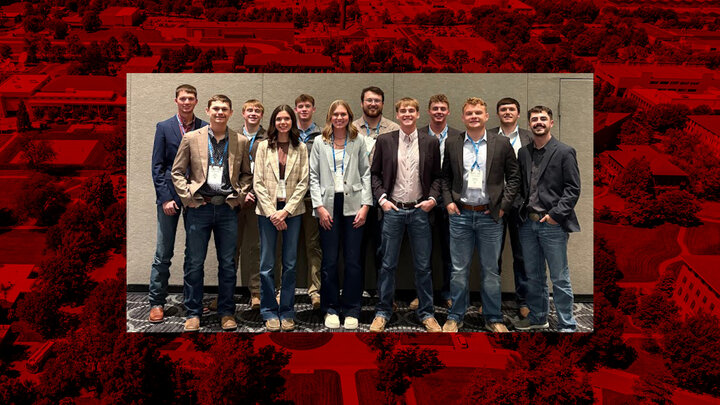The Northeast Regional Association of State Agricultural Experiment Station Directors presented the 2018 Award for Excellence in Multistate Research to the Technical Committee of NE1335, Resource Management in Commercial Greenhouse Production, on June 5 in Washington, D.C.
The U.S. Department of Agriculture’s Agricultural Research Service multistate research committees promote collaboration among states in the areas of crops, animal science, biotechnology and controlled environment agriculture.
The Technical Committee of NE1335 is comprised of horticulturists and biological systems engineers from 12 institutions including Cornell University, Oklahoma State University, Purdue University, The Ohio State University, Rutgers University, University of Arizona, University of Connecticut, University of Illinois, University of Maryland, University of Nebraska-Lincoln, University of New Hampshire and Virginia Tech.
University of Nebraska–Lincoln Professors Ellen Paparozzi, agronomy and horticulture, and George Meyer, biological systems engineering, are the co-principal investigators from Nebraska on the committee.
This group of scientists conducts experiments using controlled-environment systems such as hydroponics, aquaponics and vertical farms. Some of the research focuses on plant growth under various types of lighting and nutrient solutions including instrumentation and monitoring of plant growth parameters.
The committee was given the award based on the group’s last five years of research. During that time, Paparozzi led a project to develop and compare a real-time, commercial strawberry production system in a heated high tunnel with the university's scientifically monitored prototype greenhouse production system.
Paparozzi is also investigating the Winter Production of Medicinal and Culinary Herbs. Basil is one of the few medicinal herbs that is an annual. The purpose of this project is to test many different basil cultivars for growth and performance under controlled-environment agricultural conditions. The conditions include fertigation of plants using capillary mats, under the bench heating and natural winter light.
Currently, there is one, 12-month commercial basil grower located in Nebraska.
The committee meets once a year and works together year-round to create publications such as articles for trade magazines and journals on water, nutrient and delivery systems. Paparozzi and Meyer wrote Capillary Mats are Back for Greenhouse Grower and Paparozzi wrote The Challenges of Growing Strawberries in the Greenhouse for HortTechnology.
Now, the multistate committee is starting work on a hydroponics book.
Visit the Department of Agronomy and Horticulture CEA webpage to learn more about controlled environment agriculture research at Nebraska.




